
M.E.M., Water and Air Resources, Duke University, Durham, North Carolina, 1991
B.A., Environmental Science, Wesleyan University, Middleton, Connecticut, 1987
Certified Senior Ecologist, Ecological Society of America, 2015, renewed 2025
Board Certified Environmental Scientist, American Academy of Environmental Engineers and Scientists, 2022
Hazardous Waste Operations and Emergency Response 40-Hour Certification (1988–present)
Society of Environmental Toxicology and Chemistry
Ecological Society of America
Miranda Henning, BCES Managing Principal, Business Director - Health and Ecology (207) 800-3812 Portland, ME mhenning@integral-corp.com
Miranda Henning helps clients in the regulated, legal, and governmental communities quantify and mitigate the risks and damages posed by chemicals in the environment, home, workplace, diet, and consumer products. A certified senior ecologist and Board Certified Environmental Scientist (BCES, ecotoxicology), she provides expert testimony, conducts technical analyses, offers strategic advice, and shares findings and recommendations with diverse audiences. Ms. Henning has developed and applied innovative techniques to characterize and mitigate the effects of releases of per- and polyfluoroalkyl substances (PFAS), polychlorinated dibenzo-p-dioxins and dibenzofurans (PCDD/Fs), PCBs, PAHs, petroleum hydrocarbons, pesticides, and metals. Her work often takes the form of human health and ecological risk assessments, natural resource damage assessments (NRDAs), public meetings, safety assessments, feasibility studies, and expert reports. Ms. Henning has contributed to nearly 100 guidance documents, scientific publications, and technical presentations.
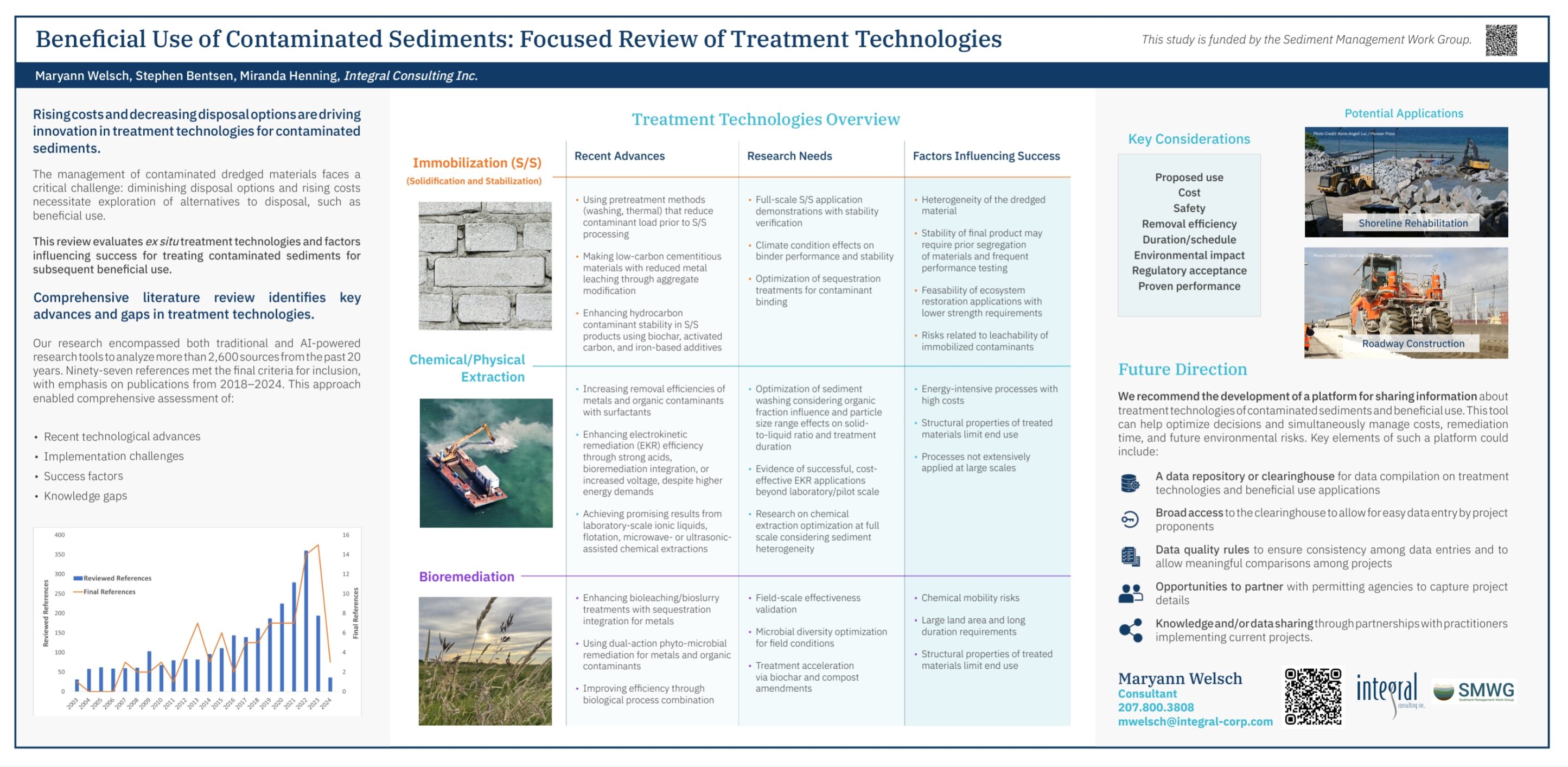
Beneficial Use of Contaminated Sediments: Focused Review of Treatment Technologies
Poster
January 30 2025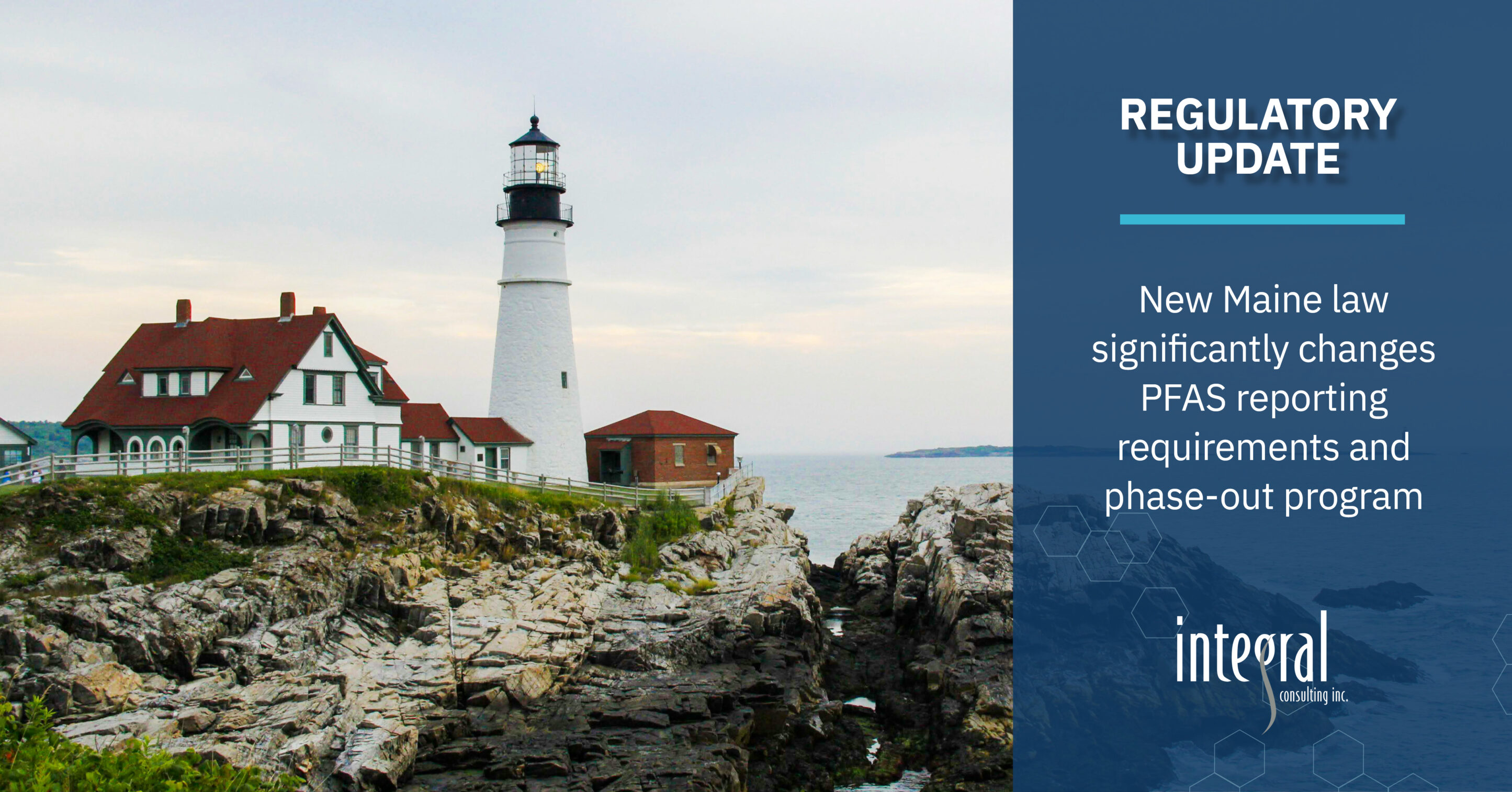
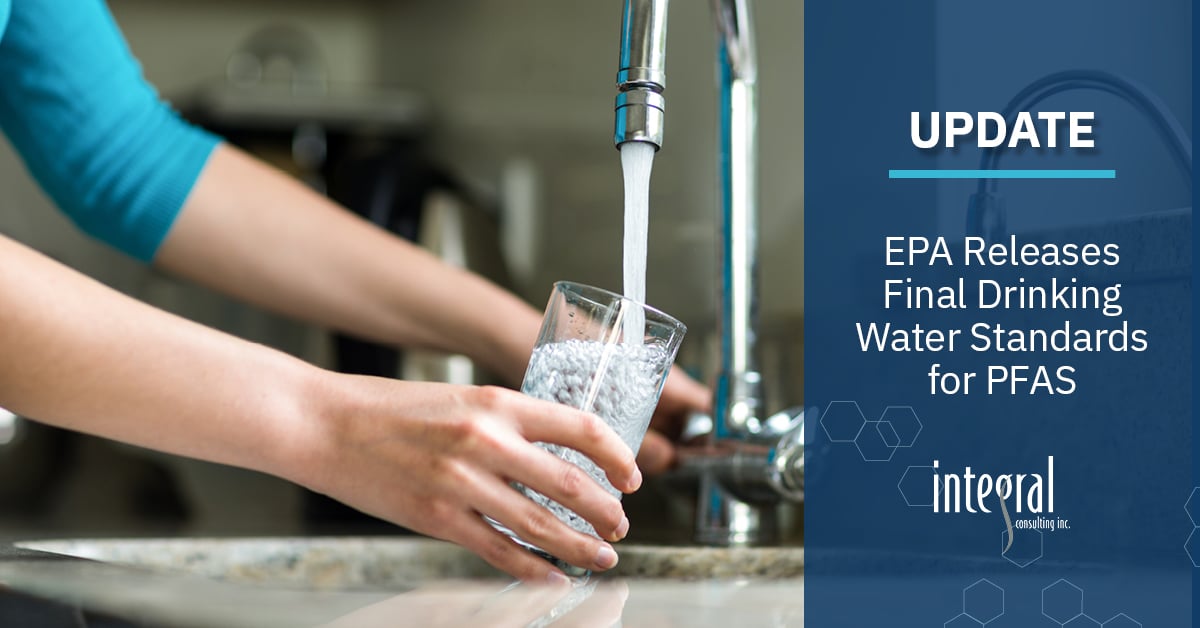
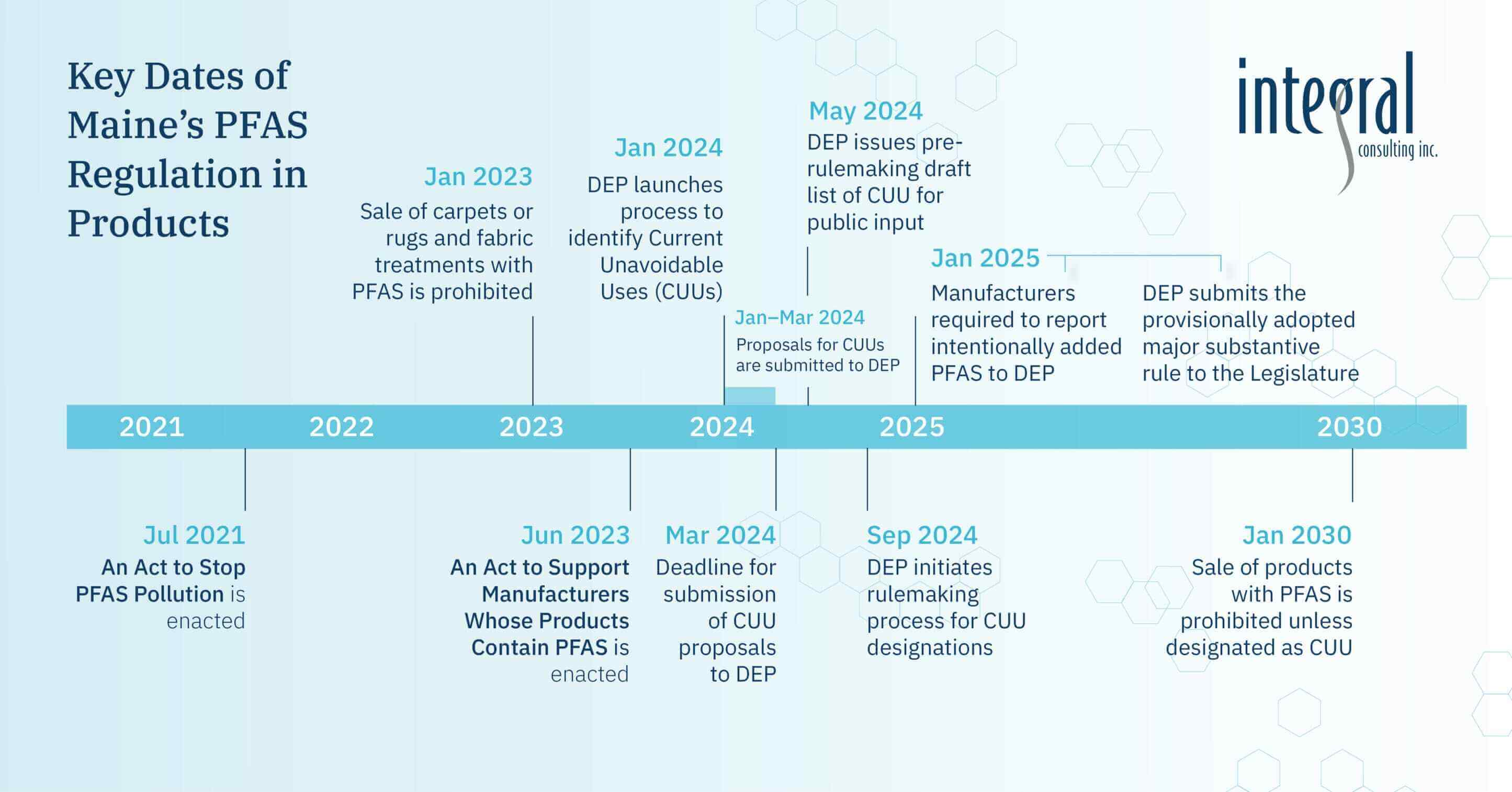
Manufacturers’ Proposals for Currently Unavoidable Uses (CUU) of PFAS Due to Maine DEP by March 1, 2024
Press Release
January 10 2024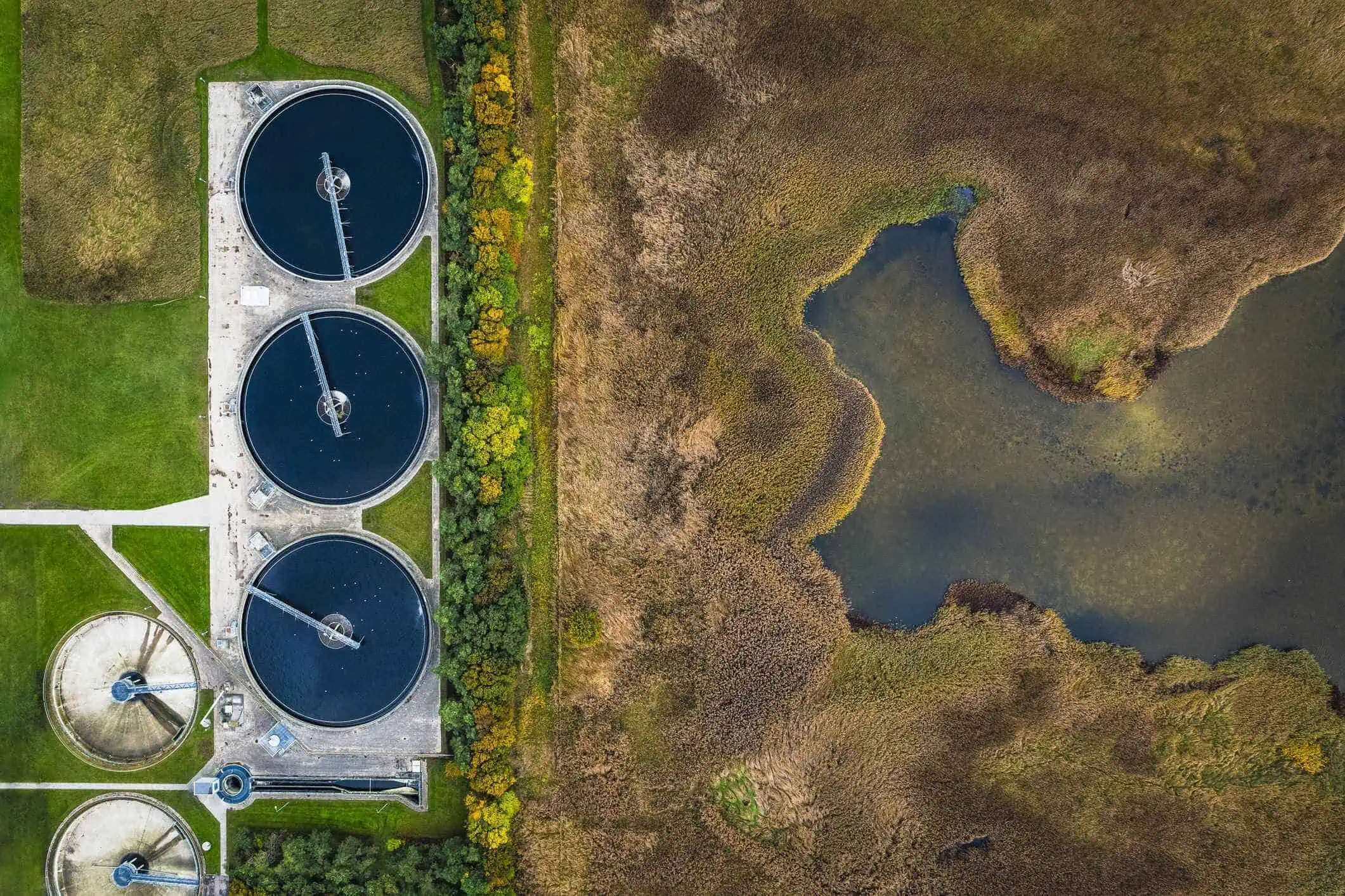

PFAS at Contaminated Sediment Sites: Evolving Technical, Regulatory, and Legal Priorities
Resource
September 26 2023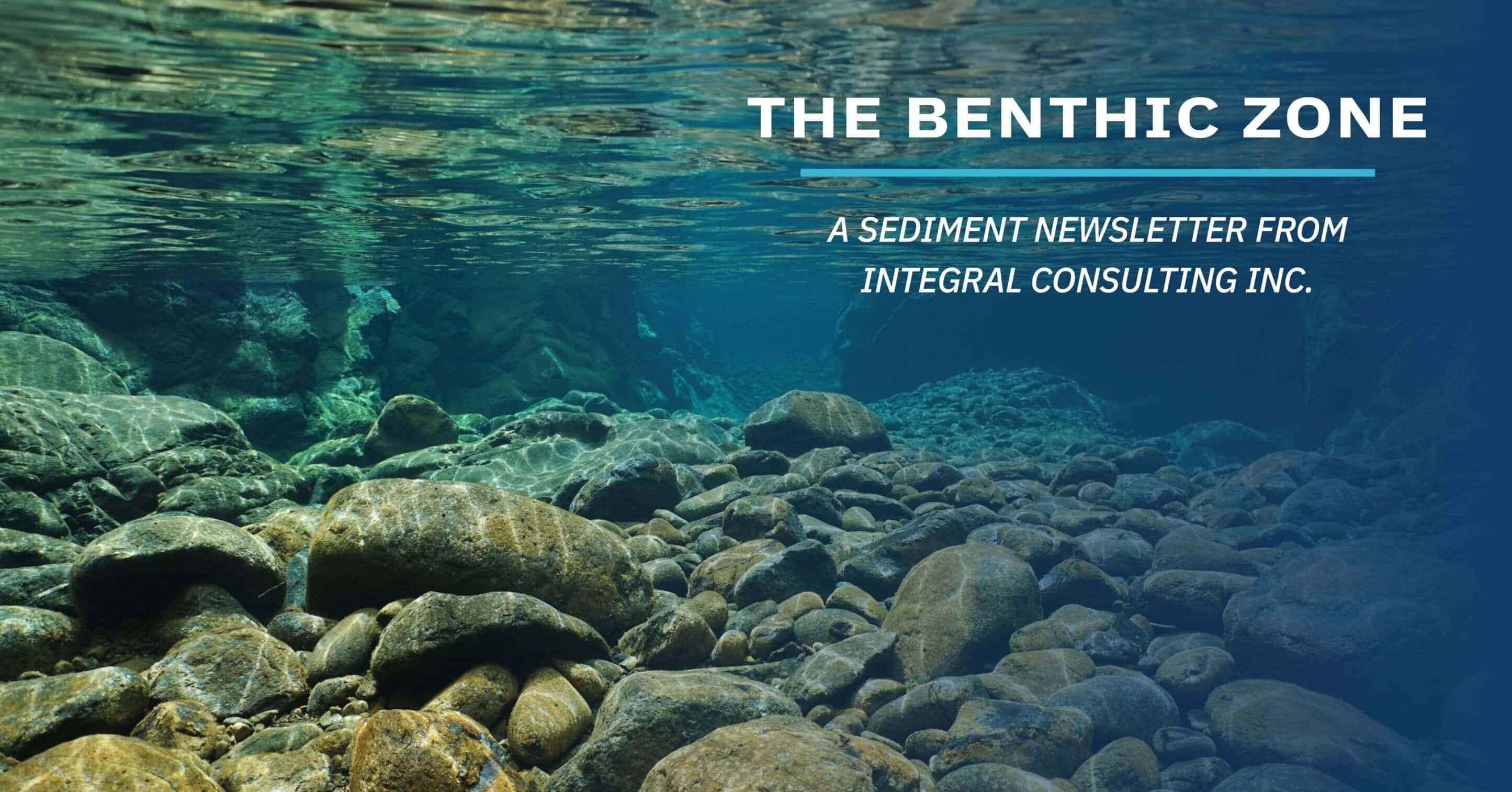
The Benthic Zone (September Edition): Integral's Sediment Newsletter
Press Release
September 26 2023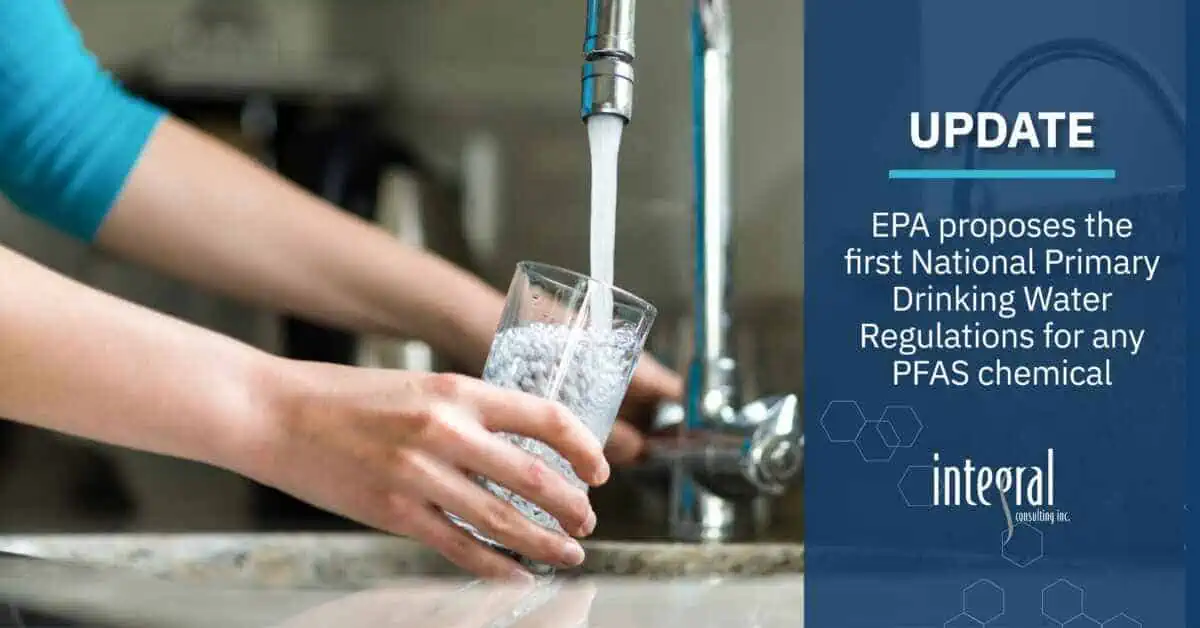
EPA Proposes the First National Primary Drinking Water Regulations for any PFAS Chemical
Press Release
March 14 2023
Environmental Justice: Miranda Henning to Present on Panel at ABA Conference
Press Release
January 19 2022
Miranda Henning to Present on Emerging Contaminants at PFAS Environmental Litigation Conference
Press Release
January 11 2022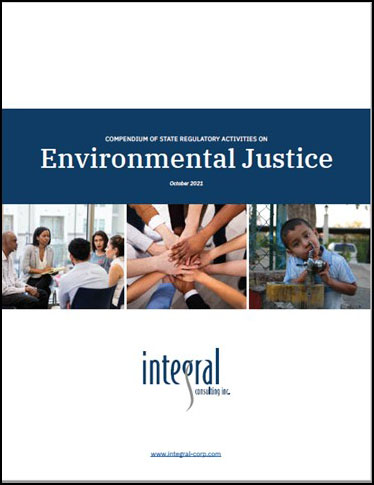
Integral Issues the First Comprehensive Compendium of State Regulatory Activities on Environmental Justice
Press Release
October 29 2021Ecological risk assessment of per‐ and polyfluorinated alkyl substances: Foreword
Publication
March 20 2021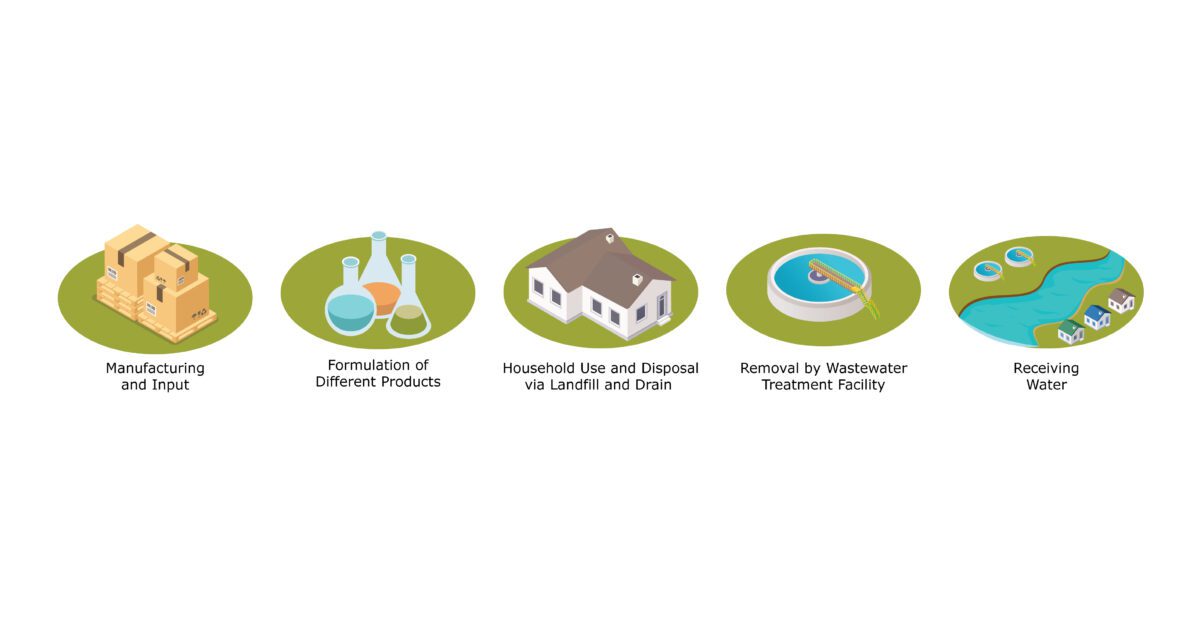
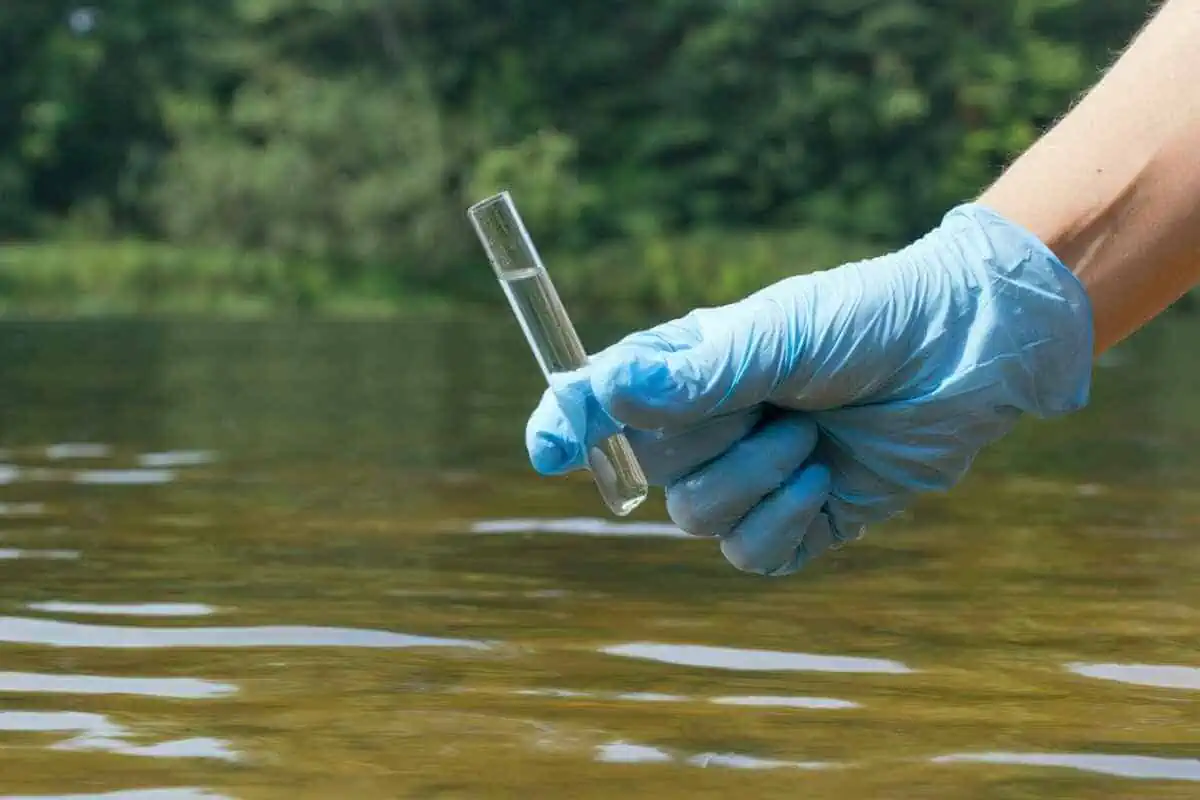

Conceptual Site Model for Contaminated Sediments in the St. Marys River Area of Concern
Case Study
January 05 2023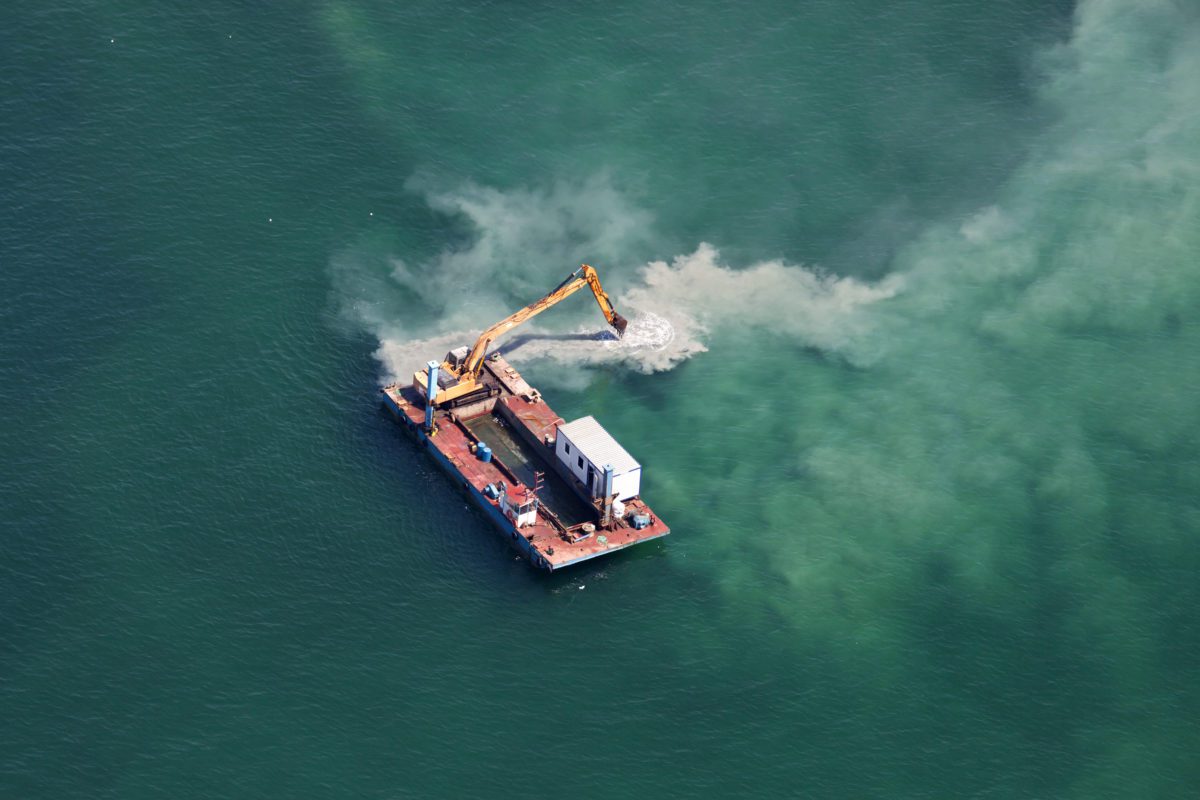
- Contaminated Sediments
- Natural Resource Damage Assessment
- Litigation Support
- PFAS/Emerging Contaminants
- Risk Assessment
- Metals Toxicology and Assessment
- Radiological Risk Assessment
- Risk Communication
- Training
- Toxicology
- Product Stewardship
- Planning and Permitting
- Feasibility Studies
- Mining
- Environmental Decision-Making
- Expert Testimony
Contaminated Sediments
Natural Resource Damage Assessment
Litigation Support
PFAS/Emerging Contaminants
Risk Assessment
Metals Toxicology and Assessment
Radiological Risk Assessment
Risk Communication
Training
Toxicology
Product Stewardship
Planning and Permitting
Feasibility Studies
Mining
Environmental Decision-Making
Expert Testimony
Miranda Henning is a well-rounded and complete technical consultant. Miranda’s work is not only well-supported but innovative and thoughtful. She is thorough and attentive to detail, always mindful of project goals and objectives, and especially skilled in articulating and communicating complex technical matters simply and effectively to varied stakeholders. She is one of the most reliable and capable technical experts with whom I have worked.
– Anne J. Crochet, Partner, Taylor Porter
Welsch, M., S. Bentsen, and M. Henning. 2025. Focused review of recent advances of sediment treatment technologies. Integr. Environ. Assess. Manag. 21(5):986–999. https://doi.org/10.1093/inteam/vjaf046.
Henning, M. 2024. Big changes to Maine’s reporting requirements and PFAS phase-out. JDSupra. June 3. https://www.jdsupra.com/legalnews/big-changes-to-maine-s-reporting-5738787.
Henning, M., and H. Lynch. 2024. The U.S. releases a moonshot research and development strategy for PFAS. JDSupra. September 6. https://www.jdsupra.com/legalnews/the-u-s-releases-a-moonshot-research-4026777.
Frankel, A., and M. Henning. 2024. EPA releases final drinking water standards for PFAS chemicals. JDSupra. April 11. https://www.jdsupra.com/legalnews/epa-releases-final-drinking-water-6772449.
Henning, M., and M. Welsch. 2023. Opportunities for meaningful environmental justice actions by the regulated sector. JDSupra. July 12. https://www.jdsupra.com/legalnews/opportunities-for-meaningful-9693652.
Gwinn, P., and M. Henning. 2023. Maine’s PFAS regulations—important dates are coming. JDSupra. April 18. https://www.jdsupra.com/legalnews/maine-s-pfas-regulations-important-3686658.
Frankel, A., and M. Henning. 2023. EPA proposes the first national primary drinking water regulations for any PFAS chemical. JDSupra. March 14. https://www.jdsupra.com/legalnews/epa-proposes-the-first-national-primary-2794523.
Henning, M., M. Welsch, and X. Santiago. 2023. Expert Analysis: Enviro justice can help cos. with regulators, communities. Law360, New York, NY. March 9. https://www.law360.com/articles/1583250/enviro-justice-can-help-cos-with-regulators-communities.
Fuchsman, P., K. Fetters, A. O’Connor, M. Bock, M. Henning, L. Brown, I. Mrdjen, and K. Stanton. 2022. Ecological risk analysis for benzalkonium chloride, benzethonium chloride, and chloroxylenol in US disinfecting and sanitizing products. Environ. Toxicol. Chem. 41(12):3095–3115.
Fuchsman, P., K. Fetters, A. O’Connor, M. Bock, M. Henning, L. Brown, I. Mrdjen, and K. Stanton. 2022. Supplemental information: Ecological risk analysis for benzalkonium chloride, benzethonium chloride, and chloroxylenol in U.S. Disinfecting and Sanitizing Products. https://www.scienceopen.com/document_file/72bc1779-5826-4283-a675-003991492056/PubMedCentral/72bc1779-5826-4283-a675-003991492056.pdf.
Henning, M. 2022. Compendium of state regulatory activities on environmental justice. JDSupra. October 17. https://www.jdsupra.com/legalnews/compendium-of-state-regulatory-4799382.
Albano, S., and M. Henning. 2022. Environmental racism, environmental justice, and how civil engineers can help. Civil Source, ASCE Utah Section Newsletter. 3(2).
Henning, M.H., and P.C. Fuchsman. 2021. Ecological risk assessment of per- and polyfluorinated alkyl substances: Foreword. Integr. Environ. Assess. Manage. 17(4):670–672.
Fuchsman, P.C., M.H. Henning, L.E. Brown, M.J. Bock, and V.S. Magar. 2017. Toxicity reference values for methylmercury effects on avian reproduction: Critical review and analysis. Environ. Toxicol. Chem. 36:294–319. [Received 2017 Exceptional Paper Award from Environmental Toxicology & Chemistry.]
Fuchsman, P.C., M.H. Henning, M.T. Sorensen, L.E. Brown, M.J. Bock, C.D. Beals, J.L. Lyndall, and V.S. Magar. 2016. Critical perspectives on mercury toxicity reference values for protection of fish. Environ. Toxicol. Chem. 35:529–549.
Fuchsman, P., M. Henning, and V. Magar. 2016. Comment on “Exposure to mercury and Aroclor 1268 congeners in least terns (Sternula antillarum) in coastal Georgia, USA” by G.L. Robinson, G.L. Mills, A.H. Lindell, S.H. Schweitzer, and S.M. Hernandez, Environmental Science: Processes & Impacts, 2015, 17:1424. Environmental Science: Processes & Impacts 18:289–291.
Canadian Council of Ministers of the Environment. 2016. Guidance Manual for Environmental Site Characterization in Support of Environmental and Human Health Risk Assessment. PN 1551. ISBN 978-1-77202-026-7 PDF. https://www.ccme.ca/en/files/Resources/csm/Volume%201- Guidance%20Manual-Environmental%20Site%20Characterization_e%20PN%201551.pdf. French translation available at https://ccme.ca/fr/res/guidancemanual-environmentalsitecharacterization_vol1_fpn1552.pdf.
Conder, J.M., P.C. Fuchsman, M.M. Grover, V.S. Magar, and M.H. Henning. 2015. Critical review of mercury sediment quality values for protection of benthic invertebrates. Environ. Toxicol. Chem. 34:6–21.
Government of Canada. 2013. Federal Contaminated Sites Action Plan (FCSAP): FCSAP Supplemental Guidance for Ecological Risk Assessment, Module 4: Causality Assessment Module, Determining the Causes of Impairment at Contaminated Sites: Are Observed Effects Due to Exposure to Site-Related Chemical or Due to Other Stressors? March. https://www.canada.ca/content/dam/eccc/migration/fcs-scf/B15E990A-C0A8-4780-9124-07650F3A68EA/13-049-ERA_Module-204-ENG.pdf
Gala, W., J. Lipton, P. Cernera, T. Ginn, R. Haddad, M. Henning, K. Jahn, W. Landis, E. Mancini, J. Nichols, J. Pederson, and V. Peters. 2009. Ecological risk assessment (ERA) and natural resource damage assessment (NRDA): Synthesis of assessment procedures. Integr. Environ. Assess. Manage. 5(4):515–522.
Henning, M., P. Fuchsman, M. Nielsen, and B. Kennington. 2008. Evaluating post-remedy and remedy- implementation risks at a PCB-contaminated site: Practical experiences. Prepared for the Fifth International Battelle Conference on Remediation of Contaminated Sediment, Jacksonville, FL. July.
Weinberg, N., M. Henning, M. Kladias, and M. Killingstad. 2003. Technical critique of the Multimedia, Multipathway, Multireceptor Risk Assessment Model. Human Ecol. Risk Assess. 9:1679–1700.
Henning, M.H., S.K. Robinson, K.J. McKay, J.P. Sullivan, and H. Bruckert. 2003. Productivity of American robins exposed to polychlorinated biphenyls, Housatonic River, Massachusetts, USA. Environ. Toxicol. Chem. 22:2783–2788.
Henning, M.H., N.M. Weinberg, and M.A. Branton. 2002. Using Ecological Risk Assessment to Evaluate Potential Risks Posed by Chemicals to Birds. Human and Ecological Risk Assessment: Theory and Practice. Second edition. D.J. Paustenbach (ed.). John Wiley & Sons, Inc., New York, New York.
Henning, M.H., N.M. Shear, N.D. Wilson, and T.J. Iannuzzi. 1999. Distributions for key exposure factors controlling the uptake of xenobiotic chemicals by great blue herons (Ardea herodius) through ingestion of fish. Human Ecol. Risk Assess. 5(1):125–144.
Henning, M.H., and N.M. Shear. 1998. Regulatory Perspectives on the significance of ecological change as reported in ecological risk assessments. Human Ecol. Risk Assess. 4(4) Part 2:807–814.
Henning, M.H., E.S. Ebert, R.E. Keenan, S.G. Martin, and J.W. Duncan. 1997. Assessment of effects of PCB-contaminated floodplain soils on reproductive success of insectivorous songbirds. Chemosphere 34:1121–1137.
Iannuzzi, T.J., N.W. Harrington, N.M. Shear, C.L. Curry, H. Carlson-Lynch, M.H. Henning, S.H. Su, and D.E. Rabbe. 1996. Distribution of key exposure factors controlling the uptake of xenobiotic chemicals in an estuarine food web. Environ. Toxicol. Chem. 15(11):1979–1992.
Menzie, C., M.H. Henning, J. Cura, K. Finkelstein, J. Gentile, J. Maughan, D. Mitchell, S. Petron, B. Potocki, S. Svirsky, and P. Tyler. 1996. Special report of the Massachusetts weight-of-evidence workgroup: A weight-of-evidence approach for evaluating ecological risks. Human Ecol Risk Assess. 2(2):277–304.
Massachusetts Weight-of-Evidence Workgroup. 1995. A weight-of-evidence approach for evaluating ecological risks. November 2. Available at: https://www.mass.gov/doc/a-weight-of-evidence- approach-for-evaluating-ecological-risks/download
Henning, M.H. 1991. Hazardous waste incinerator ash landfills: Pollutant release, modelling strategies and regulatory approaches. Masters Project, Duke University.
Henning, M.H., and K.H. Reckhow. 1990. Using Eutromod: Final Draft Report. Duke University, School of Forestry and Environmental Studies. 59 pp.
Marrapese, M., and M. Henning. 2024. Invited presenter on “PFAS Ban in Maine: What Companies Need to Know About Currently Unavoidable Use Requests” on independently organized public webinar. Virtual.
Henning, M., J. Gasper, and R. Foxx. 2023. Panel facilitator on “PFAS at Contaminated Sediment Sites” on independently organized public webinar. Virtual.
Henning, M., B. DeShields, C. Woods, and J. Talbert. 2023. Invited panel facilitator on “Legal, Technical, and Strategic Considerations for Environmental Justice under CERCLA.” Lawline CLE Live Course. Virtual.
Henning, M. 2023. Panel facilitator on “Panel Discussion: The Intersection of Environmental Justice and Contaminated Sediment Investigation and Remediation.” 11th International Conference on the Remediation and Management of Contaminated Sediments. In Person. Nashville, TN.
Henning, M. 2022. Invited panel facilitator on “Climate Change and Contaminated Sediments: What’s Happening in Massachusetts.” 38th Annual International Conference on Soils, Sediments, Water, and Energy. In Person. Amherst, MA.
Henning, M. 2022. EJ screening tools and select environmental programs. Presented at the 2022 Environmental & Energy, Mass Torts, and Products Liability Litigation Committees’ Joint Virtual Regional CLE Program. American Bar Association, Litigation Section. Virtual.
Bannister, T.A., S.A. Davis, M.H. Henning, and E.P. Wingert. 2022. Emerging contaminants: New risks and regulations. Presented “Evolving Regulatory Criteria for PFAS” at Perrin Conferences’ Impact of PFAS on Environmental Litigation Conference. Virtual.
Wilson, B., C. Woods, B. DeShields, and M. Henning. 2022. Panel discussion: The intersection of environmental justice and contaminated sediment investigation and remediation. Sediment Management Work Group Sponsors Forum. Virtual.
Jacobs, H., M. Henning, and D. Anning. 2022. Environmental Justice: Opportunities and Considerations for Business Leaders and their Advisors in Addressing Contaminated Sites. Lawline CLE Live Course. Virtual.
Henning, M.H., V.S. Magar, D. Pelletier, L. Brown, A. Glessner, J. Johnson, R. Ellison, and S. Henshaw. 2019. Voluntary investigation, remediation and restoration of a segment of the Detroit River area of concern. Platform presentation. 40th Annual Meeting of the Society of Environmental Toxicology and Chemistry, Toronto, Ontario, Canada.
Pelletier, D., M.H. Henning, and J. Johnson. 2019. Monitored natural recovery from historical PCB releases in Stony Creek, Indiana. Poster presentation. 40th Annual Meeting of the Society of Environmental Toxicology and Chemistry, Toronto, Ontario, Canada.
Fetters, K., P.C. Fuchsman, M.J. Bock, A. O’Connor, L. Brown, M.H. Henning, M. Lam, N. Pechacek, and K. Stanton. 2019. Environmental risk assessments for topical antiseptic ingredients: Benzalkonium chloride. Poster presentation. 40th Annual Meeting of the Society of Environmental Toxicology and Chemistry, Toronto, Ontario, Canada.
Fuchsman, P.C., K. Fetters, M.J. Bock, A. O’Connor, L. Brown, M.H. Henning, M. Lam, N. Pechacek, and K. Stanton. 2019. Environmental risk assessments for topical antiseptic ingredients: Benzethonium chloride. Poster presentation. 40th Annual Meeting of the Society of Environmental Toxicology and Chemistry, Toronto, Ontario, Canada.
O’Connor, A., P.C. Fuchsman, L. Brown, K. Fetters, M.J. Bock, M.H. Henning, M. Lam, N. Pechacek, and K. Stanton. 2019. Environmental risk assessments for topical antiseptic ingredients: Chloroxylenol. Poster presentation. 40th Annual Meeting of the Society of Environmental Toxicology and Chemistry, Toronto, Ontario, Canada.
Fuchsman, P.C., L. Brown, A. O’Connor, and M.H. Henning. 2018. What do tissue residues tell us about the utility of body weight scaling for interspecies extrapolations in wildlife? Platform presentation. 39th Annual Meeting of the Society of Environmental Toxicology and Chemistry, Sacramento, CA.
Brown, L., P.C. Fuchsman, J.B. Taylor, A.F. Brady, and M.H. Henning. 2018. Estimating polychlorinated biphenyl risks to birds: Dietary doses, egg concentrations and body weight scaling. Poster presentation. 39th Annual Meeting of the Society of Environmental Toxicology and Chemistry, Sacramento, CA.
Henning, M., A. Glessner, L. Brown, K. Searcy Bell, and K. Kim. 2017. Conceptual site model for mercury-contaminated sediment in the St. Lawrence River area of concern. Platform presentation. 9th International Conference on Remediation and Management of Contaminated Sediments, New Orleans, LA.
Henning, M., A. Glessner, L. Brown, K. Searcy Bell, and K. Kim. 2017. Using a conceptual site model in stakeholder engagement and decision making at a mercury-contaminated sediment site: St. Lawrence River area of concern. Poster presentation. 13th International Conference on Mercury as a Global Pollutant, Providence, RI.
Fuchsman, P., L. Brown, V. Magar, and M. Henning. 2017. Methylmercury toxicity reference values for mammalian wildlife populations: Critical review and analysis. Platform presentation. 13th International Conference on Mercury as a Global Pollutant, Providence, RI.
Fuchsman, P. L.E. Brown, M.H. Henning, M.J. Bock, and V.S. Magar. 2017. Methylmercury toxicity reference values for mammalian wildlife populations: Critical review and analysis. Poster presentation. 38th Annual Meeting of the Society of Environmental Toxicology and Chemistry, Minneapolis, MN.
Fuchsman, P.C., M.H. Henning, L. Brown, M.J. Bock, and V.S. Magar. 2016. Methylmercury effects on bird reproduction: Critical review and identification of toxicity reference values. Poster presentation. 37th Annual Meeting of the Society of Environmental Toxicology and Chemistry, Orlando, FL.
Fuchsman, P., M. Sorensen, J. Conder, M. Henning, and V. Magar. 2015. Toxicity reference values for mercury and their effect on sediment cleanup goals. Platform presentation. Eighth International Conference on Remediation and Management of Contaminated Sediments, New Orleans, LA.
Henning, M., D. Pelletier, M. Irving, and K. Sullivan. 2015. A framework for determining causes of impairment at contaminated sites. Platform presentation. Eighth International Conference on Remediation and Management of Contaminated Sediments, New Orleans, LA.
Henning, M., D.M. Pelletier, M. Irving, and K. Sullivan. 2014. A framework for determining causes of ecosystem service impairment at contaminated sites. Poster presentation. Annual Meeting of ACES: A Community on Ecosystem Services, Washington, DC.
Fuchsman, P.C., M.T. Sorensen, L. Brown, M.J. Bock, A.C. Daniel, C. Beals, V.S. Magar, and M.H. Henning. 2014. Are methylmercury toxicity reference values predictive of effects on fish populations? Platform presentation. 35th Annual Meeting of the Society of Environmental Toxicology and Chemistry, Vancouver, BC.
Fuchsman, P.C., W. Mahaney, L. Brown, M. Ferguson, M.J. Bock, K.B. Leigh, and M.H. Henning. 2014. PCB effects on bird reproduction: genetics, laboratory exposures, and field studies. Platform presentation. 35th Annual Meeting of the Society of Environmental Toxicology and Chemistry, Vancouver, BC, Canada.
Hayter, S., R. Joyner, R. Santiago, and M. Henning. 2014. The ongoing development of an environmental dredging project in the St. Clair River, based upon a risk-based evaluation process, Sarnia, Ontario, Canada. Platform presentation. XXXIV Technical Conference & TAMU 45 Dredging Seminar, Toronto, Ontario, Canada.
Fuchsman, P.C., M.H. Henning, E. Perruchon, L. Brown, and V.S. Magar. 2013. Critical review of mercury toxicity reference values for avian and mammalian wildlife. Poster presentation. 34th Annual Meeting of the Society of Environmental Toxicology and Chemistry, Nashville, TN.
Conder, J.M., M.M. Grover, P.C. Fuchsman, V.S. Magar, and M.H. Henning. 2013. Critical review of mercury sediment quality values for protection of benthic invertebrates. Platform presentation. 34th Annual Meeting of the Society of Environmental Toxicology and Chemistry, Nashville, TN.
Fuchsman, P., J. Conder, M. Grover, V. Magar, and M. Henning. 2013. Critical review of mercury sediment quality values for benthic invertebrates. 11th International Conference on Mercury as a Global Pollutant, Edinburgh, Scotland, UK.
Henning, M., et al. 2013. Evaluation of sediment remediation options for priority areas in the St. Clair River that pose a risk to fish due to bioaccumulation of mercury and methylmercury. 11th International Conference on Mercury as a Global Pollutant, Edinburgh, Scotland, UK.
Henning, M., P. Fuchsman, E. Perruchon, C. Dunn, and V. Magar. 2013. Critical review of mercury toxicity reference values: Avian and mammalian wildlife. 11th International Conference on Mercury as a Global Pollutant, Edinburgh, Scotland, UK.
Henning, M., et al. 2013. Net environmental benefit analysis for the evaluation of remedial alternatives for mercury contaminated sites. 11th International Conference on Mercury as a Global Pollutant, Edinburgh, Scotland, UK.
Fuchsman, P., M. Sorensen, L. Brown, M. Bock, A. Daniel, C. Beals, V. Magar, and M. Henning. 2013. Critical review of mercury toxicity reference values for protection of fish. 11th International Conference on Mercury as a Global Pollutant, Edinburgh, Scotland, UK.
Henning, M., et al. 2013. Development of risk-based management goals for Peninsula Harbour, Lake Superior. 20th Annual Symposium on the Great Lakes/St. Lawrence River Ecosystem, Cornwall, Ontario, Canada.
Fuchsman, P.C., A.K. Gevertz, A. Fogg, E. Perruchon, M. Cisz, and M. Henning. 2012. Mercury toxicity thresholds for birds and implications for appropriate exposure metrics. Platform presentation. 33rd Annual Meeting of the Society of Environmental Toxicology and Chemistry, Long Beach, CA.
Brown, L.E., P.C. Fuchsman, and M. Henning. 2012. Metal effects on benthic invertebrates in off-site ponds near the Deloro Mine site (Ontario, Canada). Platform presentation. 33rd Annual Meeting of the Society of Environmental Toxicology and Chemistry, Long Beach, CA.
Fogg, A., M. Henning, and J. Nicolette. 2012. BIMS: A database of baseline physical, chemical, and ecological conditions in the Gulf of Mexico prior to the Deepwater Horizon accident. Poster presentation. 33rd Annual Meeting of the Society of Environmental Toxicology and Chemistry, Long Beach, CA.
Leigh, K.B., M.H. Henning, A.L. Fogg, P. Fuchsman, E. Perruchon, and N.E. Dyck. 2011. To depurate or not to depurate? Using earthworm tissue to estimate doses in ecological risk assessment. Poster presentation. 32nd Annual Meeting of the Society of Environmental Toxicology and Chemistry, Boston, MA.
Pelletier, D., M.H. Henning, A.L. Fogg, and J. Johnson. 2011. Monitored recovery from historical PCB releases in Stony Creek, Indiana. Poster presentation. 32nd Annual Meeting of the Society of Environmental Toxicology and Chemistry, Boston, MA.
Fogg, A.L., M.H. Henning, A.R. Glessner, N.R. Pinheiro, and J.M. Johnson. 2011. Meeting risk management goals and minimizing remedial impacts for a PCB-contaminated floodplain: The habitat enhancement option. Platform presentation. 32nd Annual Meeting of the Society of Environmental Toxicology and Chemistry, Boston, MA.
Richman, L., D. Milani, and M. Henning. 2011. Delineation of areas for sediment management in the St. Clair River using invertebrate methyl mercury tissue concentrations. Platform presentation. 32nd Annual Meeting of the Society of Environmental Toxicology and Chemistry, Boston, MA.
Henning, M.H., A.R. Glessner, A.L. Fogg, D. Pelletier, C. Stubbs, and J. Johnson. 2011. A comprehensive evaluation of risk to human health and ecological receptors in a PCB-contaminated floodplain. Platform presentation. 32nd Annual Meeting of the Society of Environmental Toxicology and Chemistry, Boston, MA.
Merritt, K., A. Glessner, M. Henning, and V. Magar, M. 2011. Site remediation through thin-layer placement of a sand cap in the Peninsula Harbour, Ontario area of concern. Poster presentation. 10th International Conference on Mercury as a Global Pollutant, Halifax, Nova Scotia, Canada.
Nicolette, J., F. Colombo, G. Quadri, and M. Henning. 2011. A comparative analysis (CA) to select the best remedial alternatives for the ecosystem of Pallanza Bay (Lake Maggiore). Poster presentation. 21st Annual Meeting of the European Chapter of the Society of Environmental Toxicology and Chemistry, Milan, Italy.
Barrett, C.H., K. Taillon, K. Kim, D. Milani, M. Chambers, M. McChristie, M.H. Henning, P. Fuchsman, and P.M.C Antunes. 2011. Use of multiple lines of evidence to support sediment remediation and management decisions for the St. Mary’s River area of concern. Poster presentation. 54th International Conference on Great Lakes Research, Duluth, MN.
Henning, M., R. Osborn, M. Bock, and S. Bhavsar. 2011. Increasing certainty in risk-based sediment remediation decisions: Peninsula Harbour case study on risk to fish from mercury. Platform presentation. Battelle Sixth International Conference on Remediation of Contaminated Sediments, New Orleans, LA.
Henning, M., A. Glessner, D. Pelletier, and J. Johnson. 2011. Effective remediation decision-making for PCB-contaminated floodplain soil. Platform presentation. Battelle Sixth International Conference on Remediation of Contaminated Sediments, New Orleans, LA.
Bizzotto, E.C., S. Ceccon, F. Colombo, A. Fogg, M. Henning, and L. Zaninetta. 2011. A case study: DDT and mercury sediment contamination and ecological risk assessment for aquatic biota in Lake Maggiore (Italy). Platform presentation. Battelle Sixth International Conference on Remediation of Contaminated Sediments, New Orleans, LA.
Richman, L., D. Milani, and M. Henning. 2011. Delineation of areas for sediment management in the St. Clair River using invertebrate methyl mercury tissue concentrations. Platform presentation. Canadian Association on Water Quality 46th CENTRAL Canadian Symposium on Water Quality Research, Burlington, ON, Canada.
Borgmann, A., R. Jaagumagi, N. Diep, M. Henning, N. Benoit, and R. Santiago. 2011. Comparison of sediment management strategies developed for three Canadian PCB-contaminated sites. Platform presentation. Canadian Association on Water Quality 46th CENTRAL Canadian Symposium on Water Quality Research, Burlington, ON, Canada.
Fogg, A.L., M.H. Henning, and A.C. Daniel. 2010. Review of the toxicity of DDE to birds and development of avian toxicity reference values. Platform presentation. 31st Annual Meeting of the Society of Environmental Toxicology and Chemistry, Portland, OR.
Fuchsman, P., E. Perruchon, E. Bizzotto, and M.H. Henning. 2010. An evaluation of cause-effect relationships between DDT (and metabolites) and sediment toxicity to benthic invertebrates. Poster presentation. 31st Annual Meeting of the Society of Environmental Toxicology and Chemistry, Portland, OR.
Leigh, K., M. Henning, and P. Fuchsman. 2010. The role of ecological risk assessment in delisting of Wheatley Harbour area of concern. Platform presentation. 37th Annual Aquatic Toxicity Workshop, Toronto, ON, Canada.
Henning, M., et al. 2010. Beyond the hazard quotient: Case study of risk assessment for Peninsula Harbour fish exposed to mercury. North Atlantic Chapter Meeting of the Society for Environmental Toxicology and Chemistry, Narragansett, RI.
Henning, M.H., A. Glessner, and K.S. Wells. 2009. Integration of geospatial and risk-based analyses to prioritize sediment management actions for the St. Clair River area of concern. Poster presentation. 30th Annual Meeting of the Society of Environmental Toxicology and Chemistry, New Orleans, LA.
Henning, M.H., D. Pelletier, A.L. Fogg, A. Glessner, and P. Fuchsman. 2009. Assessment of potential risks to mink from PCBs in an undeveloped floodplain forest. Platform presentation. 30th Annual Meeting of the Society of Environmental Toxicology and Chemistry, New Orleans, LA.
Bock, M., M.H. Henning, P. Fuchsman, and A. Glessner. 2009. Strengthening risk conclusions with an analysis of fish fitness and sex ratios in the St. Clair River. Platform presentation. 30th Annual Meeting of the Society of Environmental Toxicology and Chemistry, New Orleans, LA.
Leigh, K.B., K.S. Wells, A.L. Fogg, M.H. Henning, W. Hall, and C. Allaway. 2009. Development of contaminated site characterization guidance for sampling in support of human health and environmental risk assessments within Canada. Poster presentation. 30th Annual Meeting of the Society of Environmental Toxicology and Chemistry, New Orleans, LA.
Henning, M., J. Lyndall, M.J. Bock, T. Barber, and D. Lauren. 2009. A probabilistic fate and effects model for pharmaceuticals and personal care products. Platform presentation. Sixth Annual Water Resources Research Conference, Amherst, MA.
Fuchsman, P., K. Leigh, M. Henning, and P. Welsh. 2009. Risks to mink from PCBs in Muddy Creek, Wheatley Harbour area of concern, Ontario. Platform presentation. Battelle Fifth International Conference on Remediation of Contaminated Sediments, Jacksonville, FL.
Pelletier, D., A. Glessner, M. Henning, M. Bock, V. Magar, and R. Wenning. 2009. Current conditions in the Saginaw River, its floodplain, and Inner Saginaw Bay. Platform presentation. Battelle Fifth International Conference on Remediation of Contaminated Sediments, Jacksonville, FL.
Leigh, K., K. McKay, M. Henning, and K. Merritt. 2008. Evaluation of mink and river otter habitat suitability within the Peninsula Harbour shoreline in Lake Superior, Canada. 15th Annual Conference of the Wildlife Society, Miami, FL.
Henning, M., K. Leigh, K. Merritt, V. Magar, and R. Santiago. 2008. Assessment and mitigation of ecological risks posed by mercury and PCBs in Peninsula Harbour sediment, Lake Superior. Federal Contaminated Sites National Workshop, Vancouver, BC, Canada.
Henning, M., et al. 2008. Innovative evaluation of risks to mink from PCBs in Muddy Creek, Wheatley Harbour area of concern, Lake Erie, Ontario. 51st Annual Conference on Great Lakes Research by the International Association for Great Lakes Research, Peterborough, ON, Canada.
Stubbs, C., I. Benekos, M. Henning, T. Barber, and R. Santiago. 2007. An integrated approach to the management of contaminated harbour sediment: Peninsula Harbour human health risk assessment. Poster presentation. 28th Annual Meeting of the Society of Environmental Toxicology and Chemistry, Milwaukee, WI.
Bock, M., E. Martin, M. Henning, A. Piper, T. Barber, and R. Santiago. 2007. An integrated approach to the management of contaminated harbour sediment: Peninsula Harbour remediation goals, management areas, and residual risk. Poster presentation. 28th Annual Meeting of the Society of Environmental Toxicology and Chemistry, Milwaukee, WI.
Henning, M., K. Leigh, P. Fuchsman, T. Barber, and R. Santiago. 2007. An integrated approach to the management of contaminated harbour sediment: Peninsula Harbour ecological risk assessment. Poster presentation. 28th Annual Meeting of the Society of Environmental Toxicology and Chemistry, Milwaukee, WI.
Henning, M., M. Bock, E. Martin, A. Piper, C. Stubbs, I. Benekos, T. Barber, and R. Santiago. 2007. Determining sediment management goals and remediation scenarios to minimize human health risk from contaminated sediment in Peninsula Harbour, Lake Superior, Canada. Poster presentation. RTI International 2007 EPA Fish Forum, Portland, ME.
Henning, M., P. Fuchsman, M. Nielsen, and B. Kennington. 2007. Evaluating post-remedy and remedy-implementation risks at a PCB-contaminated site: Practical experiences. Platform presentation. Battelle Fourth International Conference on Remediation of Contaminated Sediments, Savannah, GA.
Leigh, K.B., M.H. Henning, M.J. Bock, and M.C. Capdevielle. 2006. Probabilistic exposure distributions developed for the uptake of triclosan by representative avian species in freshwater aquatic environments. Poster presentation. 27th Annual Meeting of the Society of Environmental Toxicology and Chemistry, Montreal, QC, Canada.
Watts, S.C., D.J. Santillo, D. Pelletier, and M. Henning. 2006. Application of a restoration inventory to natural resource damage assessments. Platform presentation. Annual International Conference on Soils, Sediments and Water, Amherst, MA.
Keenan, R.E., E.S. Ebert, and M.H. Henning. 2004. Principle or practice? That is the question! 2004 Annual Meeting of the Society of Risk Analysis, Palm Springs, CA.
Henning, M., et al. 2002. Robin productivity in the Housatonic River watershed. 23rd Annual Meeting of the Society of Environmental Toxicology and Chemistry, Salt Lake City, UT.
Weinberg, N., T. Purcell, and M. Henning. 2001. Use of fish advisories in initiating TMDL requirements. Platform presentation. 22nd Annual Meeting of the Society of Environmental Toxicology and Chemistry, Baltimore, MD.
Henning, M., et al. 2000. Evaluation of ecological components of USEPA’s Multimedia, Multipathway, Multireceptor Risk Assessment (3MRA) model. 21st Annual Meeting of the Society of Environmental Toxicology and Chemistry, Nashville, TN.
Shear, N.M., P.O. Gwinn, J. Rothrock, M.H. Henning, S.A. Lewis, and J.C. Banks. 1998. Title III delisting of ethylene glycol monobutyl ether—A weight-of-evidence approach for evaluating an emissions inventory. Annual Meeting of the Air and Waste Management Association, San Diego, CA.
Gwinn, P.O., N.M. Shear, J. Rothrock, M.H. Henning, S.A. Lewis, J.C. Banks, and J. Harrington. 1998. Title III delisting of ethylene glycol monobutyl ether—An assessment of emissions and health effects of a hazardous air pollutant. Annual Meeting of the Air and Waste Management Association, San Diego, CA.
Schmidt, C.S., M.H. Henning, and E.S. Ebert. 1996. Proposed method for evaluating the effects of PCBs in sediment on egg mass viability and reproductive success in frogs. 17th Annual Meeting of the Society of Environmental Toxicology and Chemistry, Washington, DC.
Henning, M., C. Menzie, J. Cura, J. Gentile, S. Svirsky, P. Tyler, K. Finklestein, J. Maughan, D. Mitchell, S. Petron, and B. Potocki. 1995. Resolving conflicting lines of evidence in ecological risk assessment. 16th Annual Meeting of the Society of Environmental Toxicology and Chemistry, Vancouver, BC, Canada.
Henning, M.H., E.S. Ebert, E.R. Algeo, and R.E. Keenan. 1995. Assessment of effects of PCB-contaminated sediments and floodplain soils on reproduction and community structure of insectivorous songbirds. 15th International Symposium on Chlorinated Dioxins and Related Compounds, Edmonton, AB, Canada.
Henning, M.H., N.L. Bonnevie, and D.G. Gunster. 1994. Towards a workable ecological risk assessment guidance: Selecting reference sites. 15th Annual Meeting of the Society of Environmental Toxicology and Chemistry, Denver, CO.
Shear, N.M., M.H. Henning, J.G. Ducey, and M.C. Maritato. 1994. Towards a workable ecological risk assessment guidance: Developing a screening criteria based on home range sizes. 15th Annual Meeting of the Society of Environmental Toxicology and Chemistry, Denver, CO.
Henning, M., et al. 1994. Historical and current factors influencing the ecological risks from an industrialized estuary. 15th Annual Meeting of the Society of Environmental Toxicology and Chemistry, Denver, CO.
Algeo, E.R., J. Ducey, M.H. Henning, D.G. Gunster, and C. Schmidt. 1994. Towards a workable ecological risk assessment guidance: Selecting indicator species. 15th Annual Meeting of the Society of Environmental Toxicology and Chemistry, Denver, CO.
Henning, M., et al. 1993. Population approach to assessing ecological impact of contaminated soils in a floodplain ecosystem. Annual Conference for the Society of Risk Analysis, Savannah, GA.
Henning, M., et al. 1993. Application of Jury’s Behavior Assessment Model to estimate emissions of polychlorinated biphenyls from soil. 14th Annual Meeting of the Society of Environmental Toxicology and Chemistry, Houston, TX.
Keenan, R.E., M. Henning, P.E. Goodrum, M.N. Gray, R.A. Sherer, and P.S. Price. 1993. Using a microexposure Monte Carlo risk assessment for dioxin in Maine (US) fish to evaluate the need for fish advisories. Dioxin ’93, 13th International Symposium on Chlorinated Dioxins and Related Compounds, Vienna, Austria.

